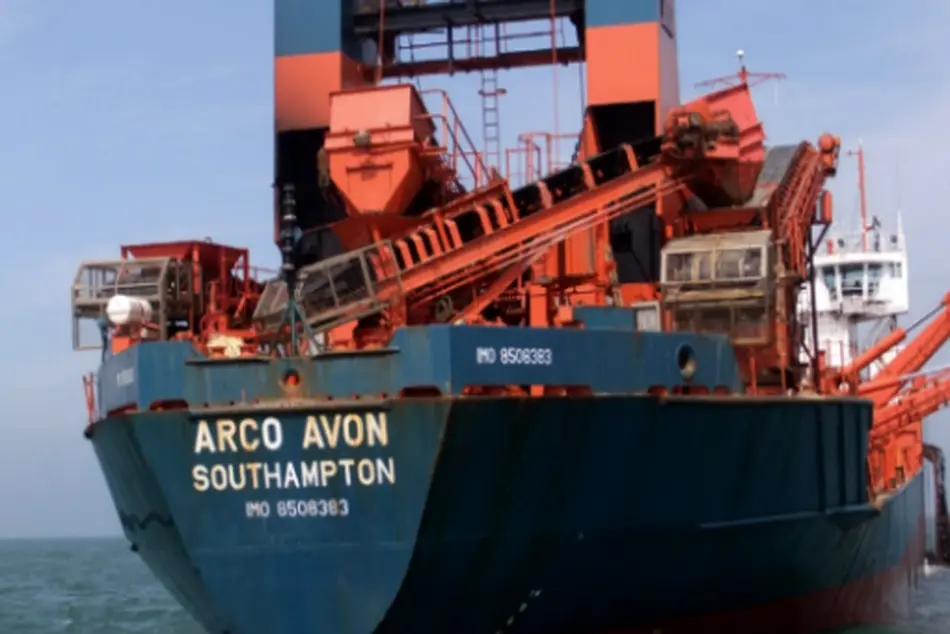Malaysia’s clogged oil shipping lanes underscore failure to reduce glut

TIN news: Oil industry leaders meeting in Malaysia next week to discuss extending production cuts won’t have to look far for evidence the market remains awash in supply.
Just off the coast, in the Straits of Malacca, dozens of tankers loaded with record amounts of unsold fuel show an OPEC-led agreement to cut production in the first half of 2017 has yet to tighten the market.
While not on the official agenda at the bi-annual Asia Oil and Gas Conference in Kuala Lumpur from Sunday to Tuesday, the attendance of top oil executives and policy makers including Saudi Arabian energy minister Khalid Al-Falih, ensures the production cut will be a major talking point.
Crude prices languishing near 2017 lows are also keeping the over-supply issue to the fore.
At the center of discussions will be whether to extend the almost 1.8 million barrels per day (bpd) reduction of crude output the Organization of the Petroleum Exporting Countries (OPEC) and others including Russia agreed to in November last year.
“Many heads are losing a lot of hair as they keep scratching their head as they see data doesn’t square up,” said Jorge Montepeque, senior vice president for fuel origination at Italian energy major ENI.
“On the one hand, you have a lot of pronouncements about cutbacks in production… On the other, you have inventories that continue to build up.”
Shipping data in Thomson Reuters Eikon shows that some 35 loaded supertankers able to hold around 65 million barrels of oil are currently sitting in Malaysian waters. That’s almost 10 more than in mid-April and around half a dozen more than in mid-March.
In a note this week headlined “Where are the OPEC cuts?”, Morgan Stanley said shipping and import data were yet to show a slowdown in oil supplies. OPEC oil arriving in ports around the world had, in fact, risen by around 700,000 bpd since the fourth quarter of 2016, according to the bank.
But it’s not just OPEC oil floating in Malaysian waters.
Trade data shows fuel has also come in from the United States, Venezuela, Brazil, as well as from Europe.
MALAYSIA’S KEY ROLE
Virtually all of the Middle East’s and Europe’s oil to Asia passes through Malaysia, and its waters are one of the world’s most important storage locations.
What’s more, state-owned oil company Petronas is Southeast Asia’s biggest single oil producer, sending crude and refined products across the region via a vast pipeline and tanker network.
When the system isn’t clogged, oil simply goes through or out of Malaysia to Asia’s big consumers in China, Japan or South Korea.
But when output exceeds sales, traders store crude from the Middle East, the Americas, and Europe in tankers in Malaysia.
“Producers are pumping oil faster than it can be sold,” said one senior trader involved in bringing European crude to Asia.
“Many either don’t have storage facilities at home, or it is full, so they send it here (to Malaysia), close to the big Asian markets in the hope that they can deliver at a better price later.”
Most of the oil is positioned to meet a potential surge in China’s demand as independent refiners are expected to receive a second batch of crude import quotas in June, traders said.
Still, the bloated market is weighing on prices for Brent crude, the international benchmark for oil prices. At around $50.60 per barrel, prices are now at the same level than they were before the cuts were announced late last year.
Eikon data shows that crude oil shipments into Malaysia hit a high this year, averaging 700,000 bpd since January, compared with a daily average of 300,000 bpd between 2015 and 2016.
Add to this Malaysia’s own exports, though less than a third of its 650,000 bpd production, and never has more oil been sloshing around in this region.
Many market participants believe the ongoing oversupply will force OPEC and the other producers that have agreed to cut output to extend the deal beyond June to cover all of 2017.
A decision is expected during or after OPEC’s next official meeting at its headquarters in Vienna, Austria, on May 25.
Traders and analysts say the cartel needs to understand and address what is behind the ongoing glut.
“OPEC members need to sit down and analyse whether… something is wrong in terms of (global) production,” ENI’s Montepeque said.